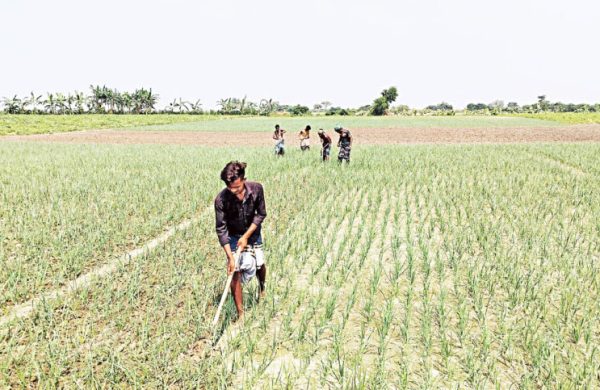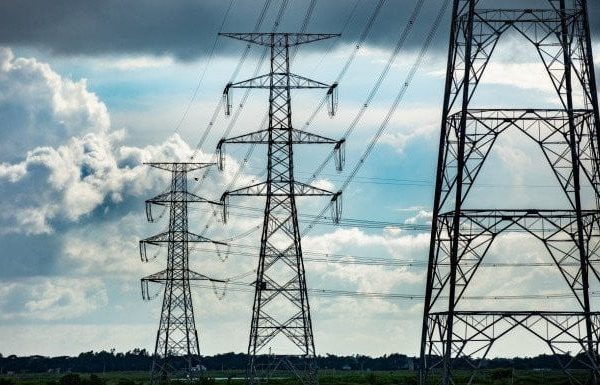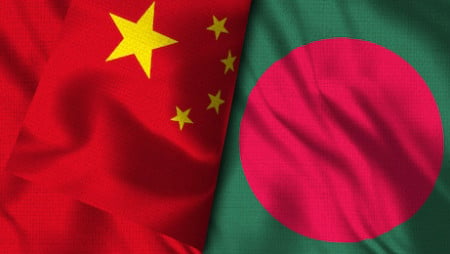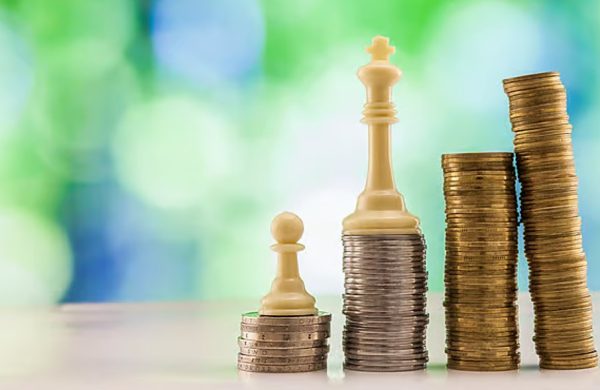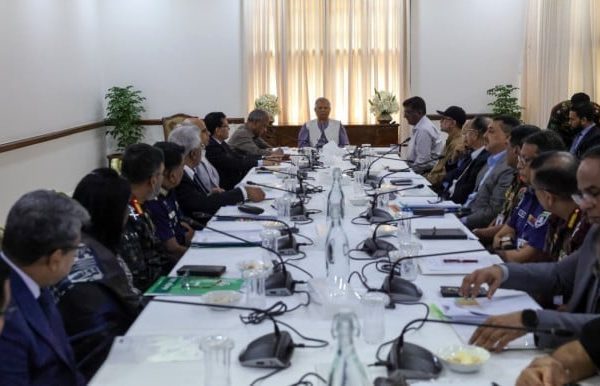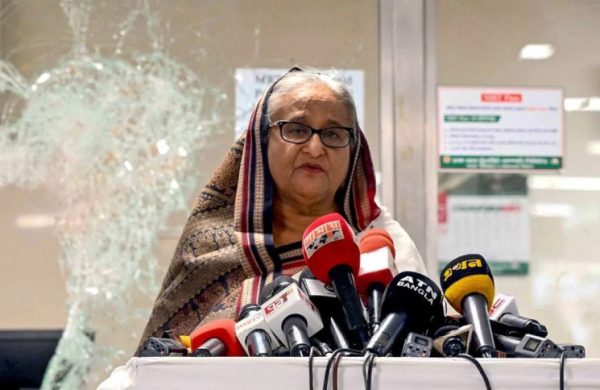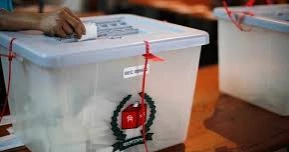BDT closer to equilibrium level against US dollar
- Update Time : Wednesday, May 21, 2025

TDS Desk:
The local currency Bangladesh Taka (BDT) is now almost in an equilibrium against the US dollar, according to the latest Real Effective Exchange Rate (REER) index data.
This indicates that Taka is approaching its fair value against the dollar. Based on the REER index, the equilibrium exchange rate suggests the dollar should be priced at Tk 122.92. In April, the dollar was traded at Tk 122, putting the currency just Tk 0.92 above its equilibrium value.
The REER index declined to 100.76 in April from 101.90 in March 2025, implying that the Taka is marginally overvalued.
A REER value of 100 signifies balanced trade competitiveness. Values above 100 indicate overvaluation, which can make exports less competitive in the global market.
The Bangladesh Bank or the central bank said the dip in the REER index reflects an improvement in the Taka’s competitiveness in international trade, driven by favourable price differentials between Bangladesh and its trading partners.
The central bank regularly reports nominal, nominal-effective, and real-effective exchange rates of the local currency against a basket of 18 currencies that account for more than 85 per cent of the country’s trade.
A central bank official that easing domestic inflation helped reduce the REER. “We are now near the par value-closer to 100,” said the official, who requested anonymity.
Inflation fell to 9.17 per cent in April from 9.35 per cent in March on a point-to-point basis.
Meanwhile, the Taka depreciated 3.28 per cent during the July-April period compared to the same period a year earlier.
The official also said that the central bank’s dollar sales declined significantly recently as it seeks to maintain bilateral exchange rates near the REER index.
The Bangladesh Bank sold a net $610.38 million in the foreign exchange market during July-April of FY2025, down sharply from $9.27 billion sold during the same period of FY2024.
“When the local currency is kept overvalued, the central bank has to intervene by selling dollars to stabilise the market leading to sale pressure from the central bank,” the official added.
During the tenure of the previous central bank governor now in hiding, Abdur Rouf Talukder, the Taka was overvalued by as much as Tk 6.0 to Tk 7.0, officials said.
Independent economist Dr. Zahid Hussain said that Bangladesh’s persistently high inflation compared to its trading partners was a key factor in Taka’s overvaluation against the US dollar.
China, the biggest trading partner of Bangladesh, is currently experiencing deflationary pressure, with its consumer price index falling by 0.1 per cent year-on-year in April.
Dr. M. Masrur Reaz, chairman and CEO of Policy Exchange Bangladesh, emphasised that an overvalued currency undermines trade competitiveness, particularly by hurting exports.
He mentioned that that Bangladesh’s export performance has improved and may continue to rise in the coming months, as the ongoing US-China trade war creates potential advantages for Bangladeshi exporters.
Exports grew by 9.77 per cent in the July-April period of FY2025, earning $40.22 billion, according to data from the Export Promotion Bureau (EPB).
However, to modernise its exchange rate and monetary policy framework, the Bangladesh Bank adopted a market-based exchange rate regime on May 14, 2025.


